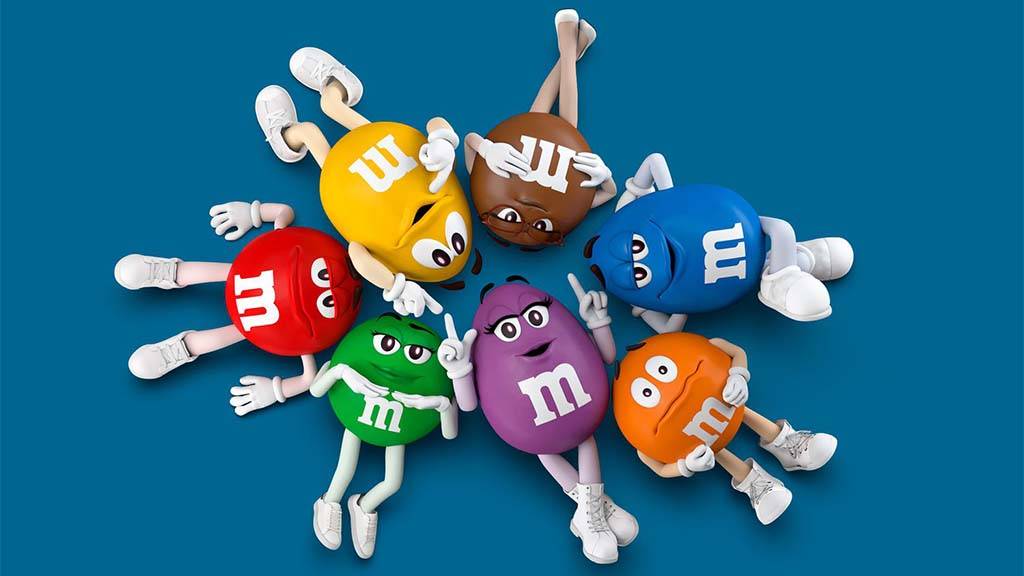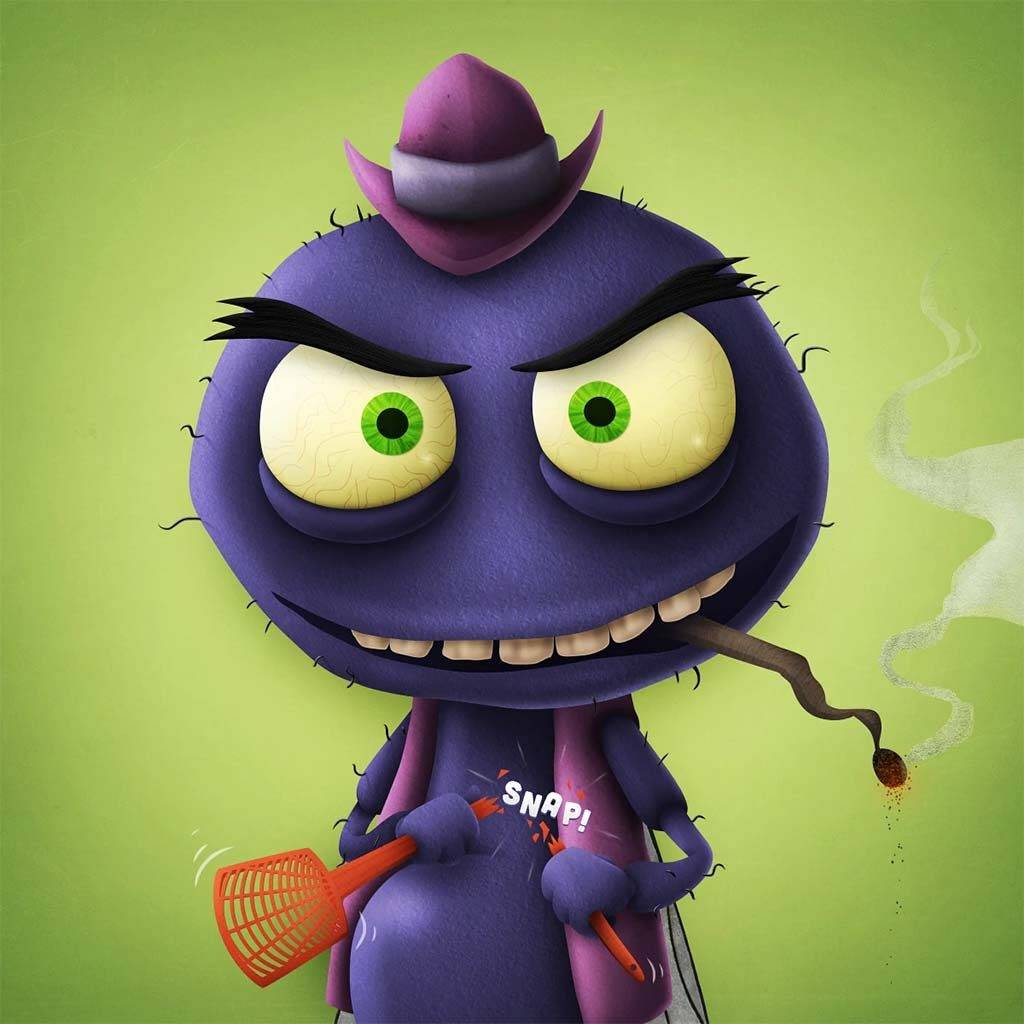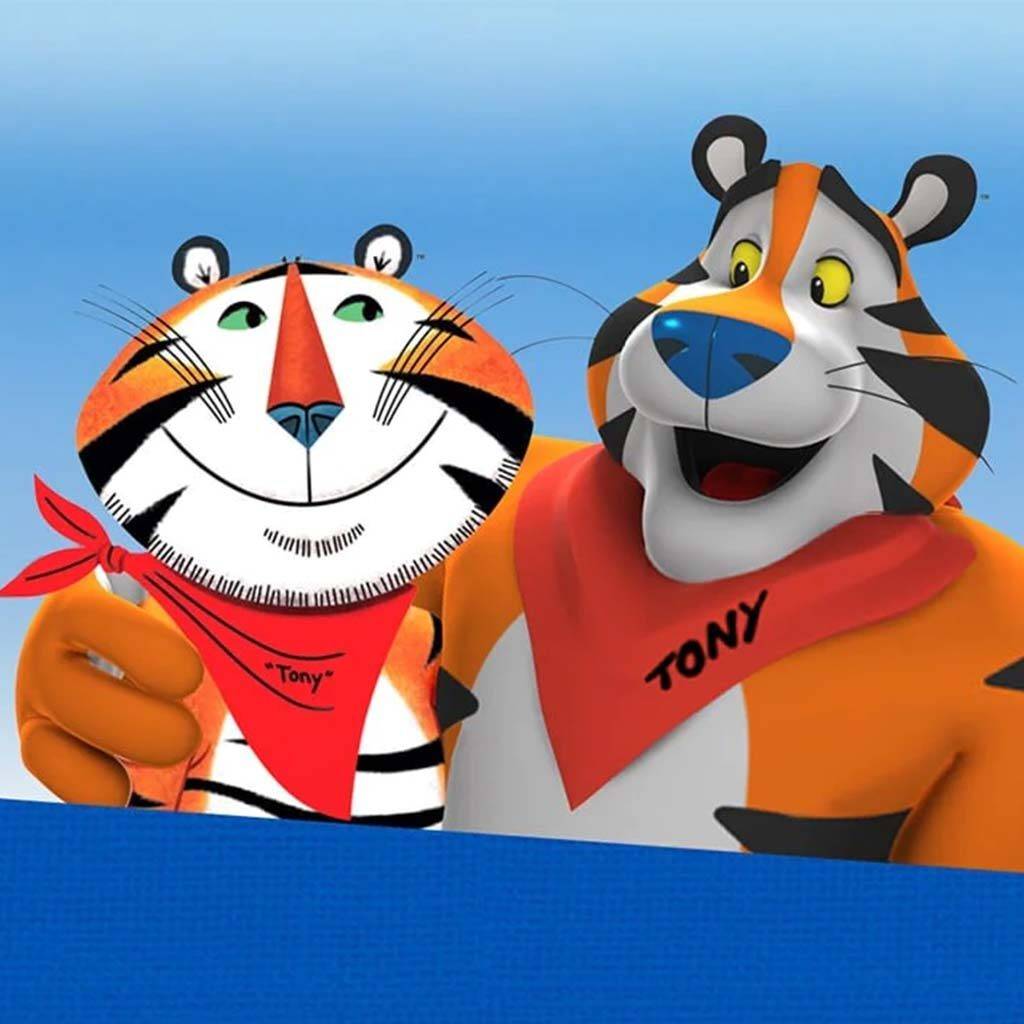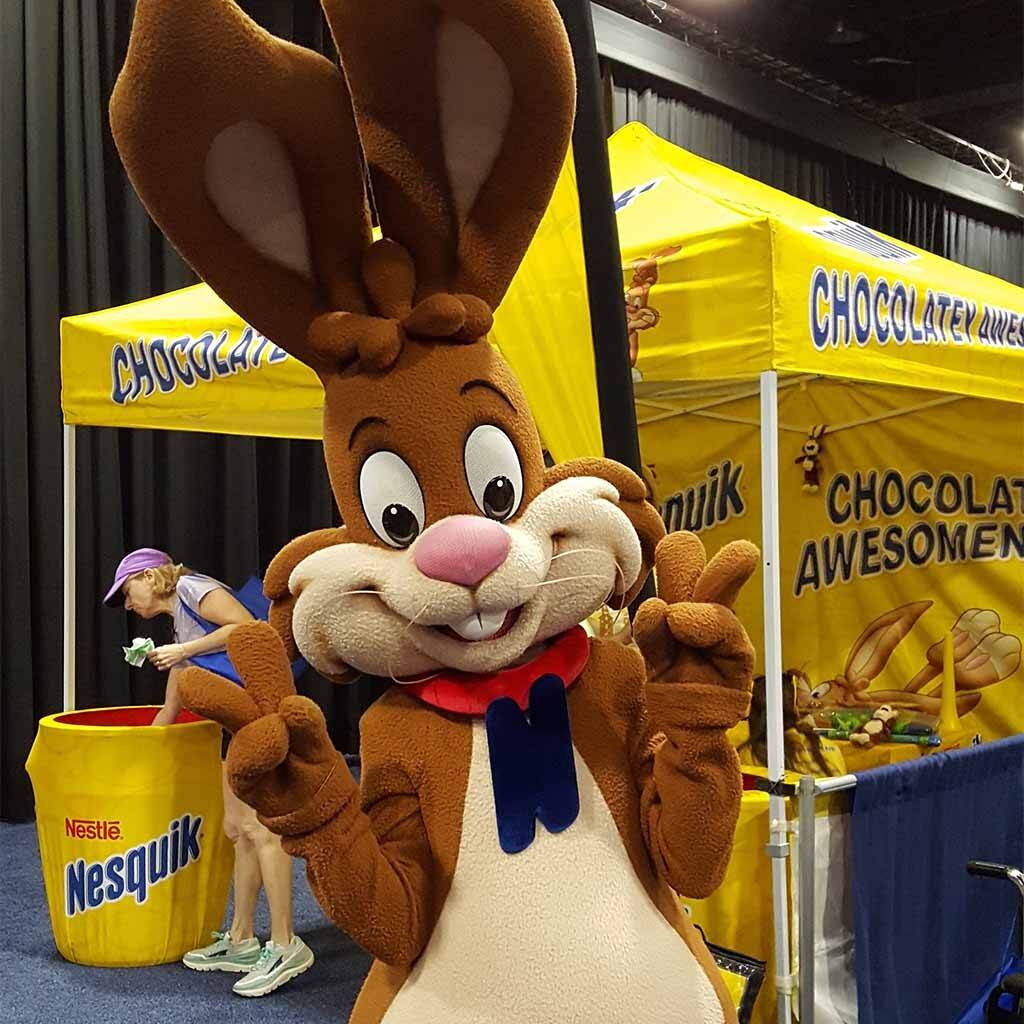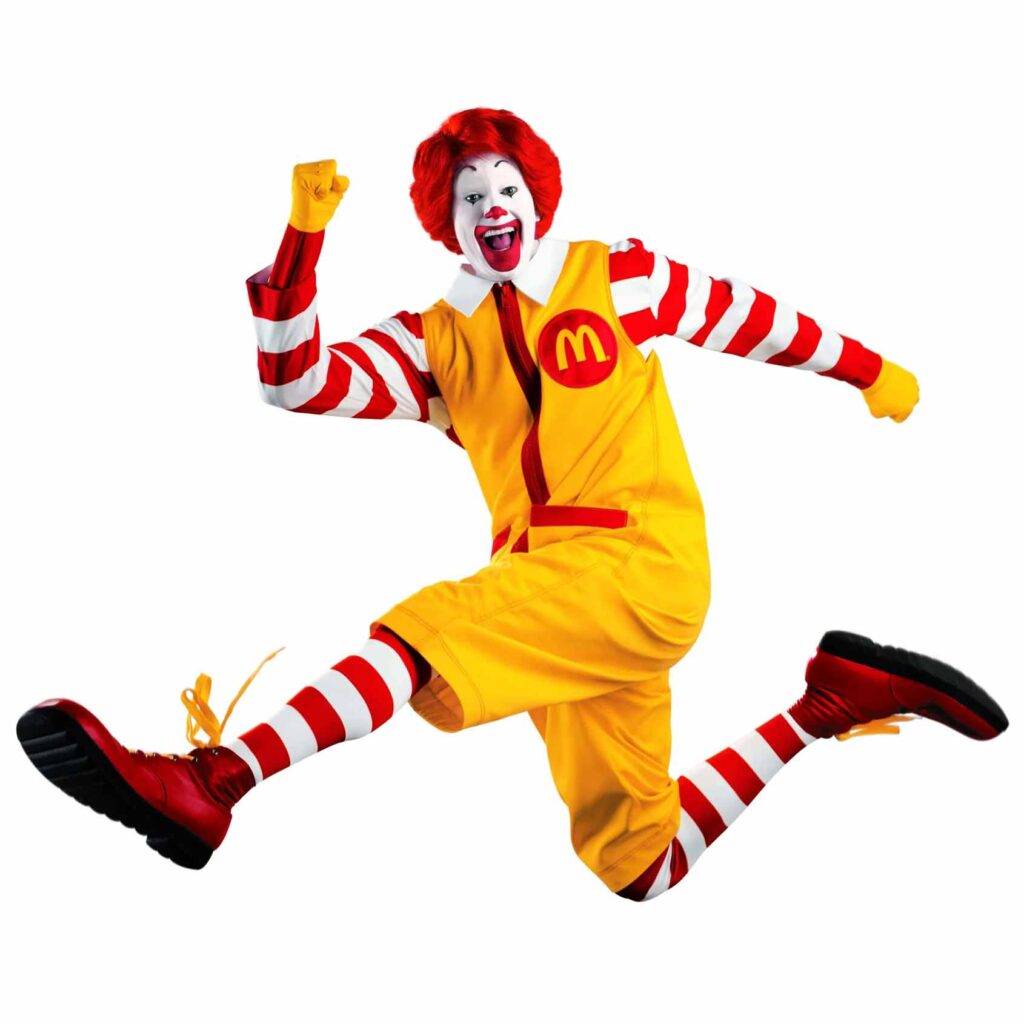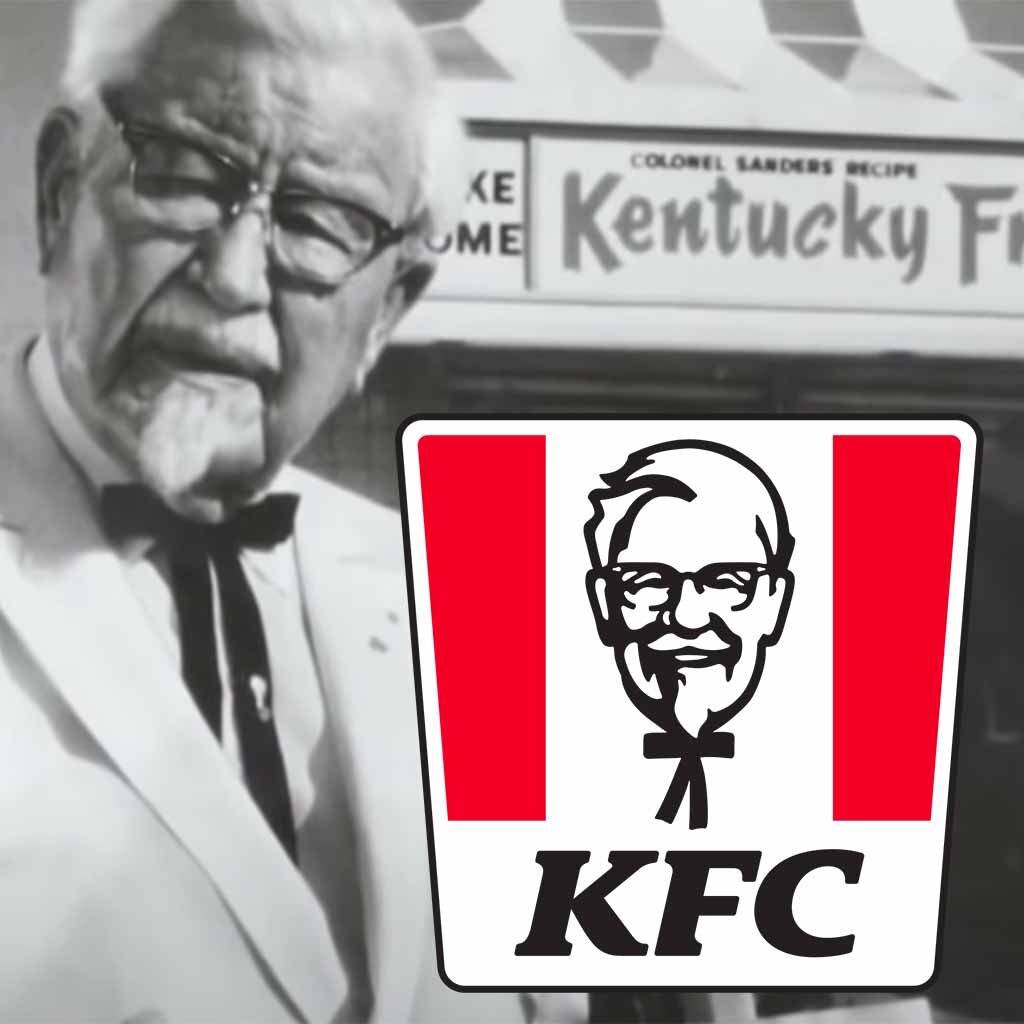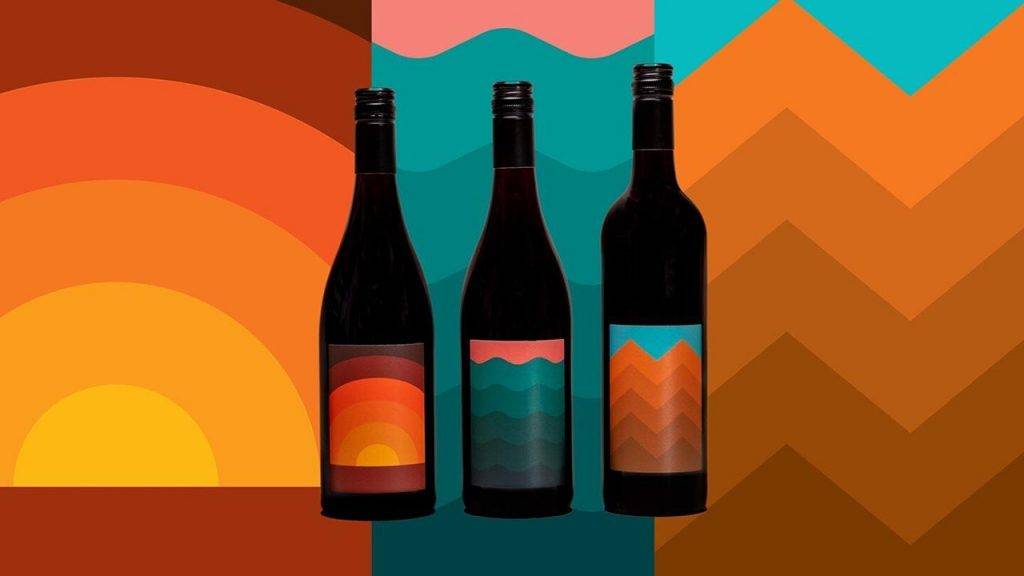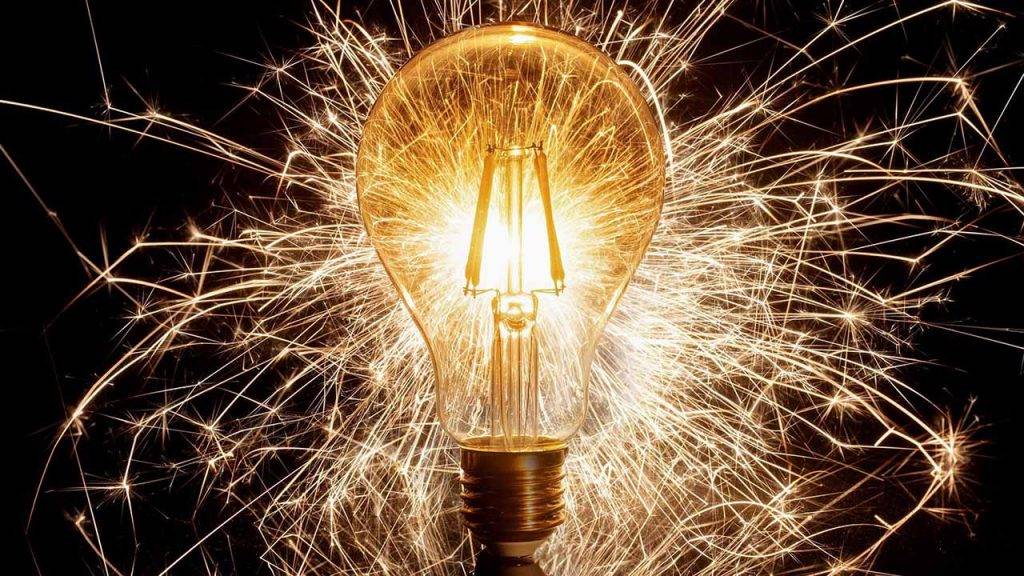Featured image source: m&ms
A
mascot can be a very powerful move for a brand. We’ve seen it work times and times again! Who else has the tender childhood memory of Tony the Tiger (the Frosties mascot)?
It is a classic marketing technique and is still very much used these days, and with great efficiency.
While not mandatory, it has a lot of benefits but requires some serious brainstorming to get to a true representation of your brand, and the mascot to be looking original or unique.
What’s a Mascot?
It is a character that symbolically represents your brand. It helps you bring your brand to life. In marketing, we talk about the importance of brand personality and brand voice; a mascot ties everything together and gives a face to your brand.
“bring your brand to life”
.
What are the benefits of having a Mascot?
1- Creates excitement and engagement
When your customers have trouble relating to your product – like a flavour of cereal – it can be a fantastic way to engage your audience’s attention. It can quickly capture your audience’s emotions and heart.
.
2- Shows goodwill and creates recognition
A mascot will help you talk directly to your customers and create a defined image (with qualities and personality traits) that will be associated with your brand.
.
3- Acts as an ambassador for your brand
The mascot is the personified brand personality and brand voice. You control the message, the behaviour and the environment.
4- Provides consistency during the customer process
Your mascot will be right next to your customer, from awareness of the product (e.g. on an ad) to the final purchase and receiving it (e.g. the mascot appears on the product).
.
Types of Brand Mascots: These Brands Did It Best In The Food Industry
Animal Mascots
Good to get recognised by children, and parents love them too, as they have proven their high engagement rate before.
.
Inanimate Objects
Usually seen for object-based businesses but not necessary, as it is hilariously shown by M&M’s and their Spokescandies. In this case, mascots are usually the product talking, living, and having stories and that can create insanely comical situations.
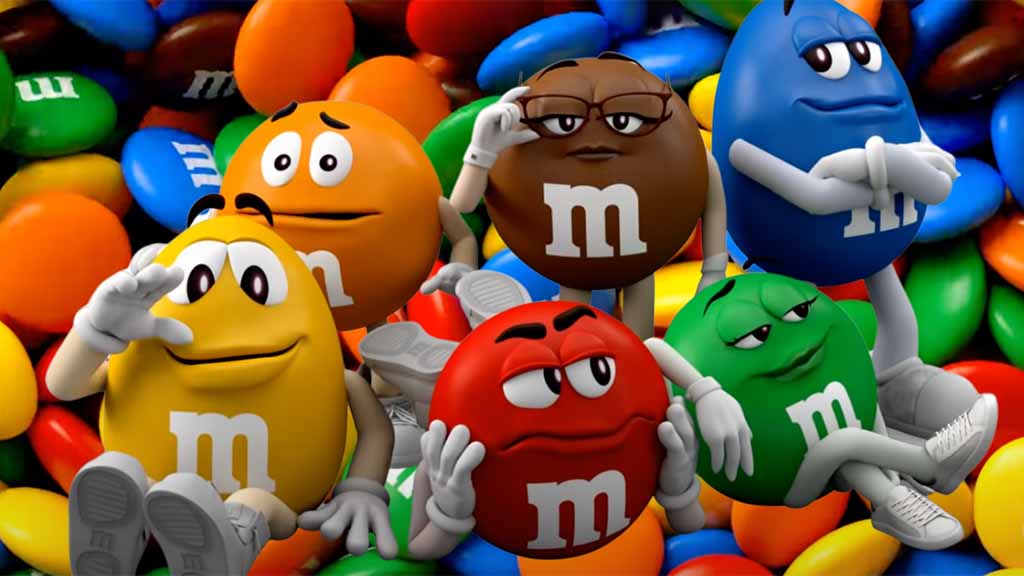
Human Characters
These mascots could be real people or mythical and imaginary.
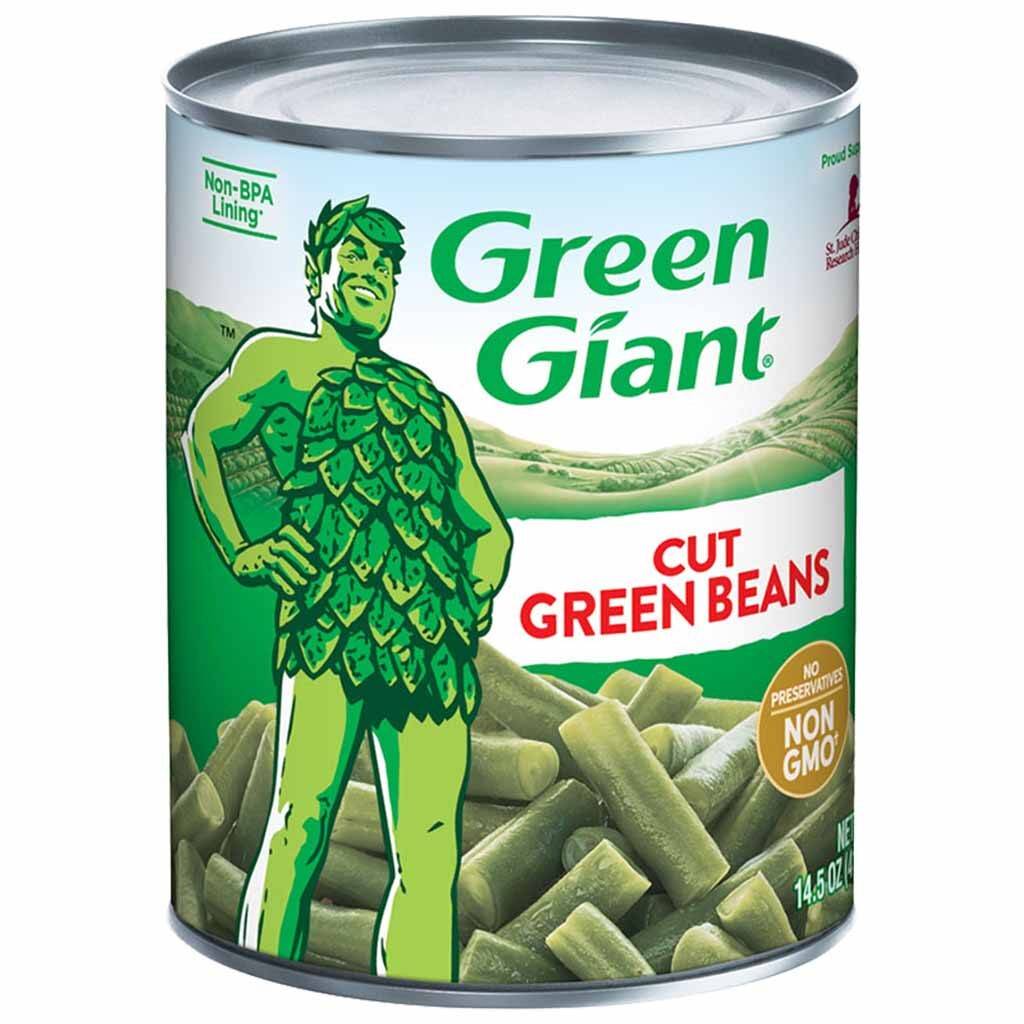
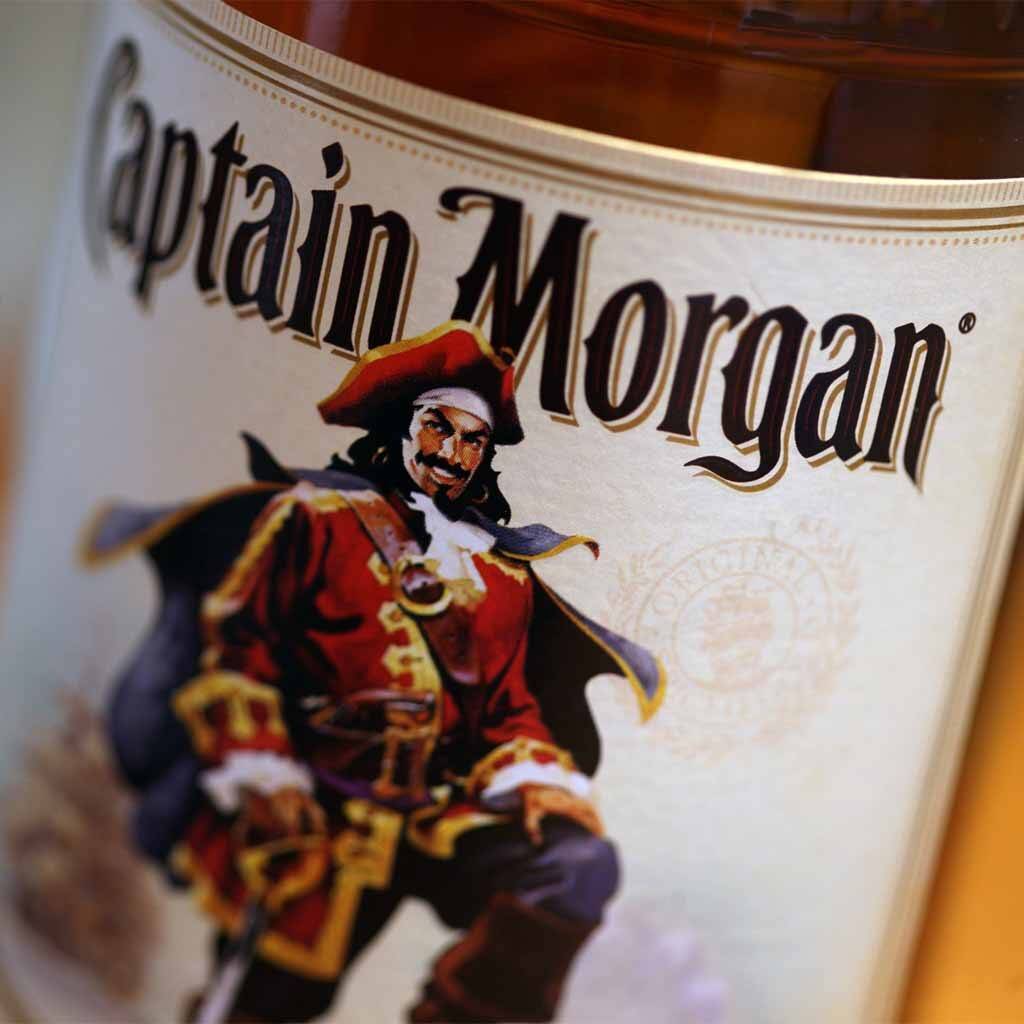
.
Our Tips To Use Your Mascot
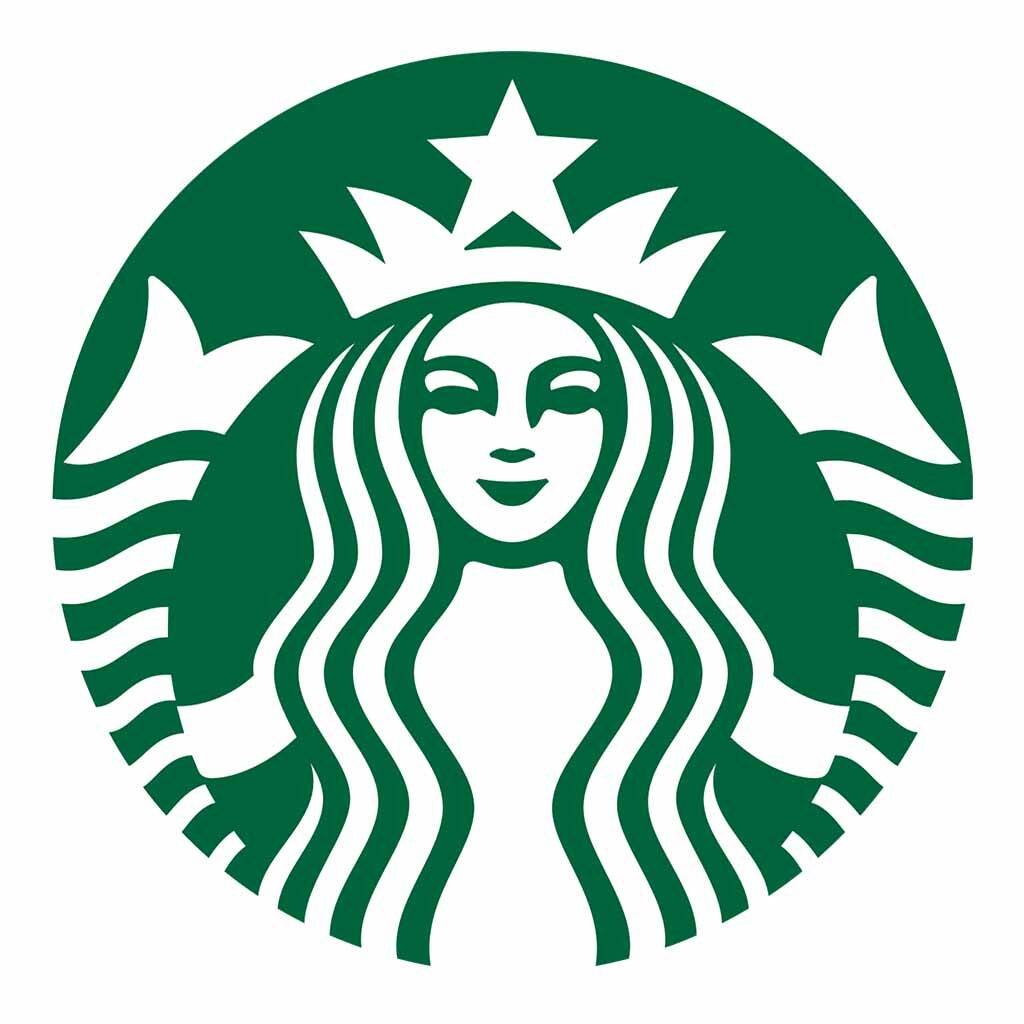
1- The type of design
It can be super important to establish your unique brand. E.g. Starbucks only uses geometrical and simple green shapes.
.
“establish your unique brand”
.
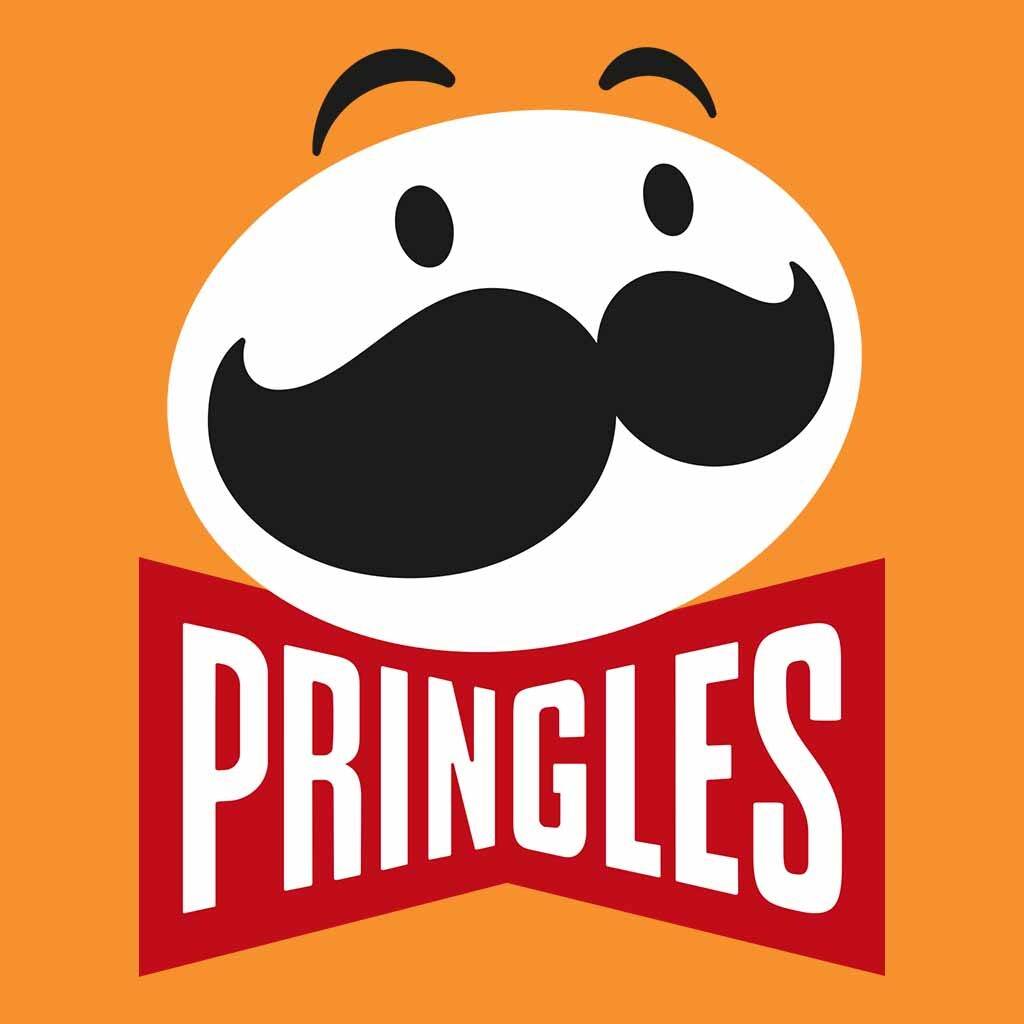
2- Use it in your logo
A unique logo is a good start but it’s not enough to build a brand presence. When you include your mascot in your logo, you make sure its liveliness appear on all the distribution channel and branded products. Your mascot will in the end automatically be recognised as your brand and get more attention.
.
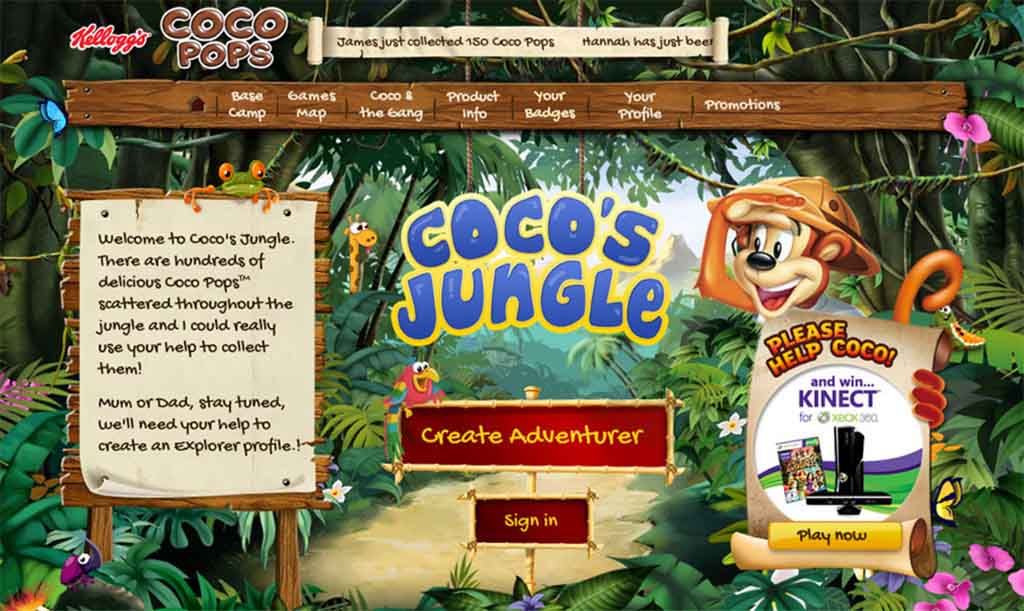
3- Build a story
Make your mascot have adventures! Who else has tender memory of Coco Pops, the Kellogs monkey, going from ancient Maya jungles to the vast Arabian desert? Each commercial on tv was a mini-series.
Kellogg’s wanted to create more brand recognition and get kids to engage and build affinity with their renowned mascot, Coco the Monkey. They even have an interactive game and some trends to follow on social media where kids can have fun or exercise their intellectual skills.
That might not be for your brand but it shows that you can bring uniqueness to your mascot.
.
4- Use your mascot on your website and sales pages
These pages convey a message that is easily understandable to readers in one single glance. A job well done can have a big impact as the page is directly related to business conversions. A creative mascot is a great way to make a page look great, strategically points at a smart call to action and encourages the visitor to take the action wanted.
“have a big impact”
.
5- Use your mascot on your social media
This can make your content fun, original, interactive and thus highly attractive. The perfect combination for regular engagement and high traffic.
.
6- Use your mascot in your merchandising
Everyone loves freebies (Check out some cool ideas here). But it’s also a great way to get people to be silent ambassadors of your brand. So, be bold, be creative, be fun and be relatable! That’s what will get you recognition.
Some ideas: real-size teddy mascots, useful print materials and stationery.
.
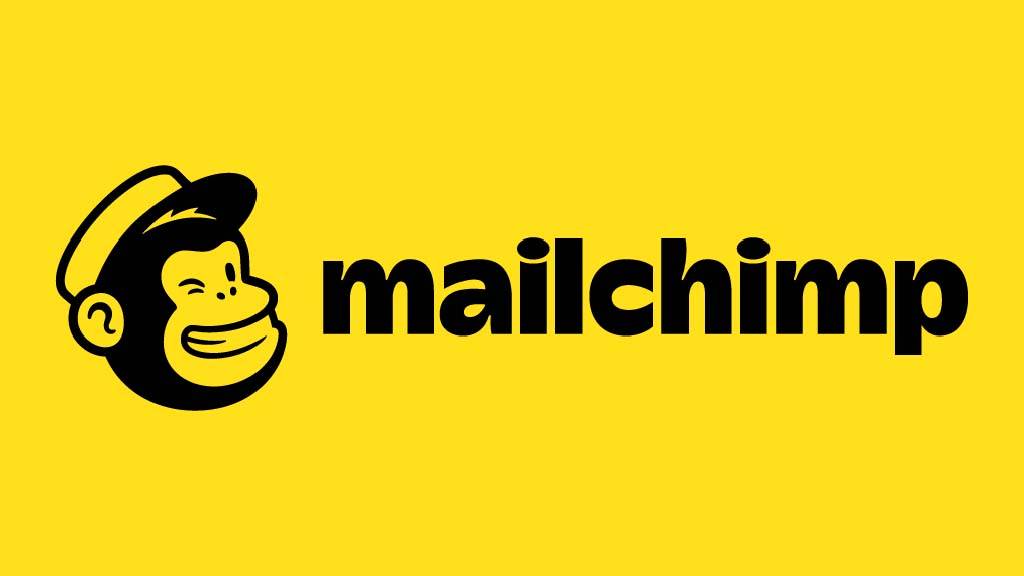
7- Use your mascot as a customer representative
It is way more personable than just a bot answering questions.
The winking Monkey from Mailchimp, Freddie, stands out as the friendly companion that intervenes during difficult email campaigns.
Inspired by the Founder’s parent’s pet monkey, the mascot has its own style guide. Simple, fun and friendly, Freddie is an icon that gives uniqueness to the brand.
.
Our Final Advice
- Make sure to position your mascot smartly. It needs to attract the eyes towards your most important message or call to action.
- Make your mascot disproportionate (huge eyes and round bellies). These features have been proven to attract customers by conveying more genuine emotions. If you don’t have much expertise in the matter, ask our friendly graphic designer for this. We’d love to help!
- Use “Saturday morning cartoon” style animation for characters with disproportionate features – as it’s easier to believe them behaving in an “over the top” kind of way than realistic animation on realistic styled characters… more advice on this particular subject coming soon! ☺
“position your mascot smartly”
.
.

Creative genius, talented wordsmith and all-rounder copywriter up for the grabs! If you can’t stand the look of your copy right now, she’ll shape your rambles into the most compelling words.
Marie Rene | LinkedIn

